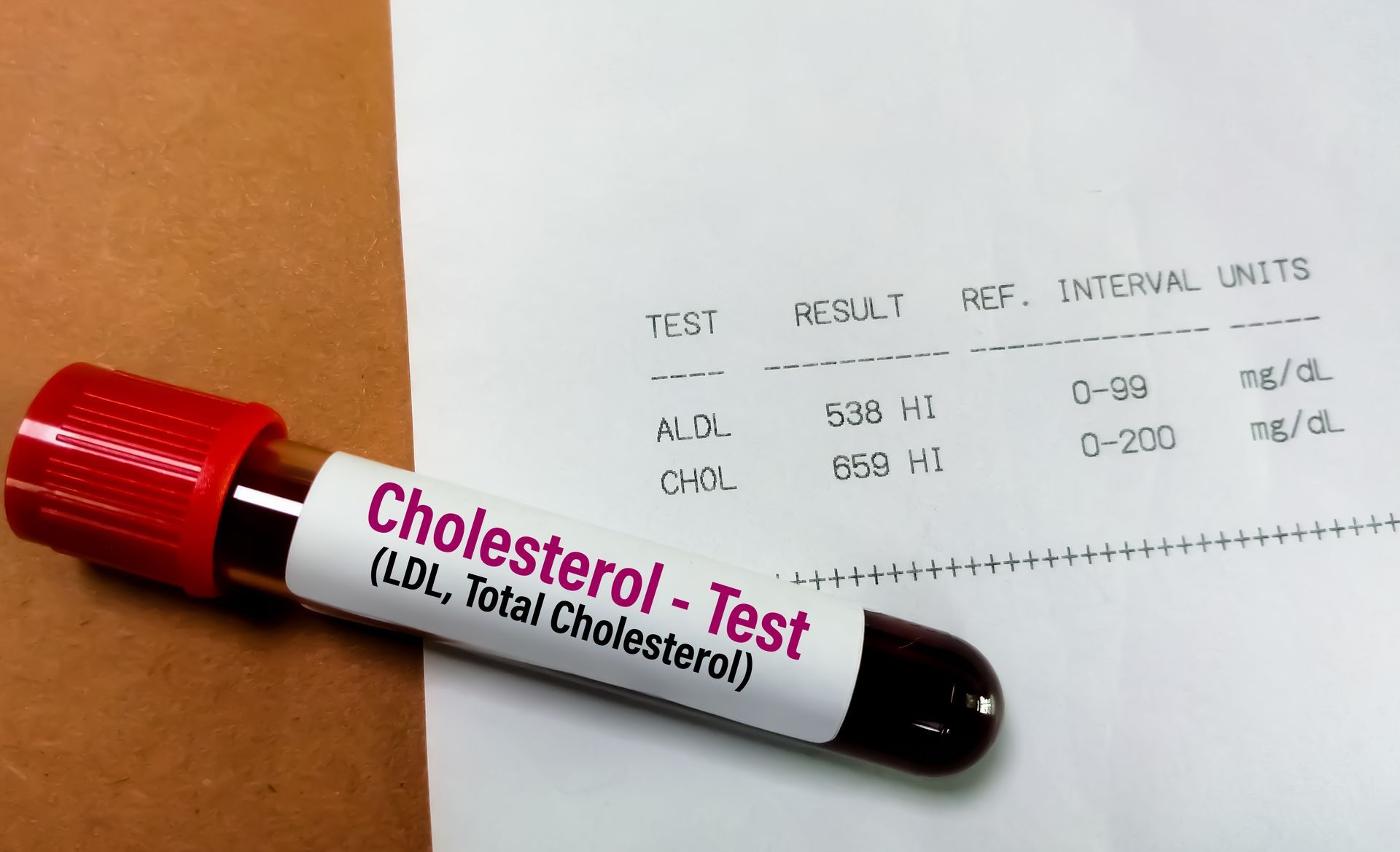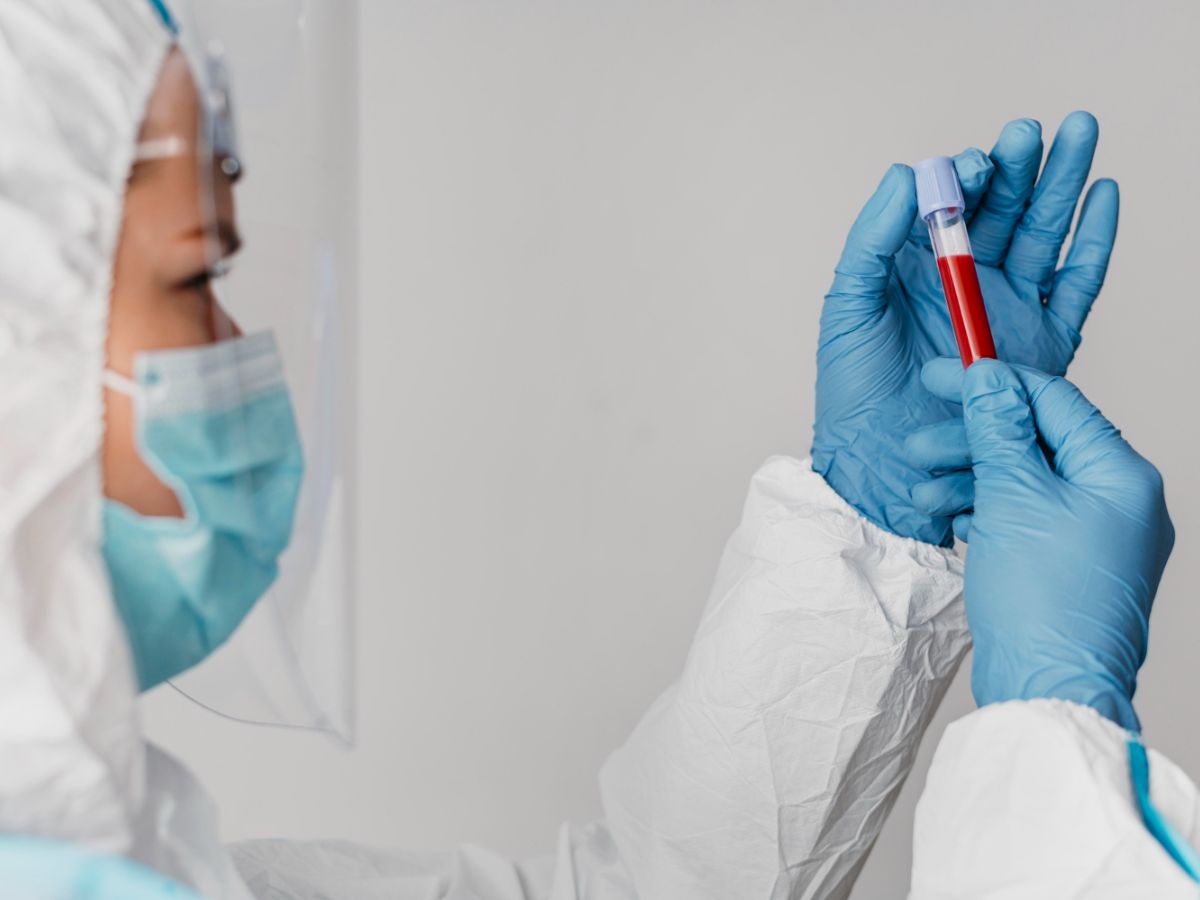Our Location
Elige tu idioma:
Are Injections a Good Pain Relief Solution?

Everyone experiences joint pain differently. However, there is new middle ground to improving joint pain and relieving arthritis pain before joint replacement surgery. How can pain injections be beneficial to you?
There are over 30 million adults in the United States living with joint pain, with some often completely debilitated by it. Staying active, completing daily tasks, and more can seem impossible for those battling rheumatoid, Psoriatic, and even osteoarthritis. However, many of these adults are unaware their treatment options go beyond standard medications and joint replacement surgery.
Management of arthritis pain may include an array of therapies and treatments, including self-care measures like diet and exercises to hot/cold therapies, physical therapy, topical and oral medicines, and some pain injections that will be discussed later.
Depending on the severity of pain, injectable treatment options have been shown to ease joint pain and help patients start moving again. With fewer symptoms for often months on end, this treatment option is very beneficial in helping those who need to start a more active lifestyle, do so with minimal to no pain.
How Injection Therapy Can Help Joint Pain
Frequently used for musculoskeletal disorders and sports injuries, pain injections use landmarks on the body (such as specific joint structures) or a simple touch to gauge where the painful structure is. This helps to determine the correct location to deliver the injectable medication. However, today’s advanced technology allows physicians to utilize ultrasounds and x-rays to guide the injection to the correct position.
This advancement in technology allows pain injections to be used for more pain management treatments in a safer, more effective way. This is due mainly to the idea that the more accurate placement of injection helps avoid injury to nearby tissues as well as reducing local inflammation, and lubricating surrounding joints.
Cortisone Injections
The most common injection for arthritis pain is Cortisone. Sometimes called “corticosteroids” or “steroid injections,” cortisone shots can be injected directly into the troubled joint area to reduce inflammation. This provides temporary pain relief as the pressure from inflammation is released. It is important to note that the cortisone medicine itself is not the cause of pain relief, but the reduced inflammation is.
Those struggling with painful or inflamed joints in the ankle, elbows, knees, hips, shoulders, and wrists are all great candidates for Cortisone Injections.
Viscosupplementation Injections
Commonly called “Hyaluronic” or “Gel Injections,” viscosupplementation injects a gel-like fluid of hyaluronic acid directly into the joint. Hyaluronic acid is a naturally occurring substance found in our joints and skin cells to aid in the growth and development of joint cartilage and bone. This is done by promoting the growth of new cells and tissues.
Patients suffering from osteoarthritis, specifically, have less than normal hyaluronic acid in their joints. Therefore, increasing the amount of hyaluronic acid in the joint -- through injections -- may help with movement and pain. It may also aid in absorbing any impact placed on the joint through daily movement, allowing arthritis patients to move pain-free.
Viscosupplementation injections are best for those with moderate osteoarthritis who are not acutely painful. While only FDA-approved for use in the knees, off-label Hyaluronic injections are commonly used for shoulder and hip pain as well.
PRP Injections
Used during surgery for cell regeneration for the last 20 years, Platelet Rich Plasma is relatively new to the field of orthopedics. Derived from the idea that the immune system’s platelets can have healing effects if injected into the right area, PRP lets the body, in a sense, heal itself.
Platelets, small colorless disk-shaped cell fragments, found in large numbers in blood, are concentrated then injected into the troubled joint area to stimulate healing. This is done by the body producing more collagen.
A naturally occurring protein, collagen adds support and structure to joints, skin, and other connective tissues in the body. When injected into painful or arthritic joints, the excess collagen helps to correct any underlying dysfunction and reduce pain.
PRP injections are generally best for those struggling with mild to moderate osteoarthritis to help prevent any further damage. However, PRP is not always covered by insurance companies and is therefore not the first option for many practitioners.
Nearly all of the studies of PRP have been done on knees, however, it can potentially work in any joint.
Stem Cell Injections
Stem cells are the body's raw materials. All other cells with specialized functions are created from stem cells. And they can help heal damaged areas by doing just that! Stem cells are found throughout the body and may be extracted and injected into another area to create anti-inflammatory, regenerative cells to heal a specific area.
Often taken from bone marrow, fat tissue, or circulating blood, stem cell injections use the body’s own healing power to relieve arthritis pain or joint pain. Unlike cortisone injections or hyaluronic injections, stem cell and PRP injections have not been approved by the FDA to treat arthritis.
Given this information and the invasiveness of the procedure, stem cell injections are typically performed on those who are intending to undergo joint replacement surgery either in their knees or other major joints.
Finding The Best Option
Although everyone's experience of joint pain differs, pain injections are regarded as a "middle of the road" treatment. This suggests that less intrusive options such as oral drugs or physical therapy were likely tried before injections, but surgery as a last resort was not.
When it comes to injections, there is also a lot of information to take in to be properly informed. For example, what is the best knee injection? What is the best hip injection? What does success look like? At
Ocana Medical in Tampa, Fla., we’ll guide you through all your options and best solutions.
Not every injection is right for every patient. It is important to take the time to understand each specific issue to create the best injectable plan for each patient.
Many injection options are effective in reducing and even stopping joint pain, however, they are not designed to prevent future pain. This is why creating a complete plan of injections, physical therapy, and more is the best solution to improving the quality of life with joint pain.
Ocana Medical Care, located in Tampa, FL, aims to bring you as much information as possible to keep you healthy. We’re in this together. #ocanacares
“Respect. Compassion. Quality. Integrity. These are the values on which Ocana Medical Center was built. Our aim isn’t just to treat you today. We hope to earn your trust and be your healthcare provider for life.”
©2023 Ocana Medical Group, Inc.
USEFUL LINKS
GET IN TOUCH
Call Us Today
Send us Email
Our Location
Ocana Medical Center | All Rights Reserved.












